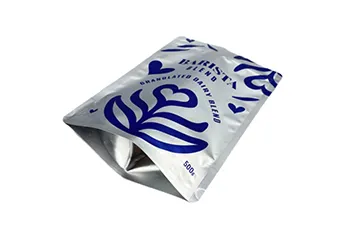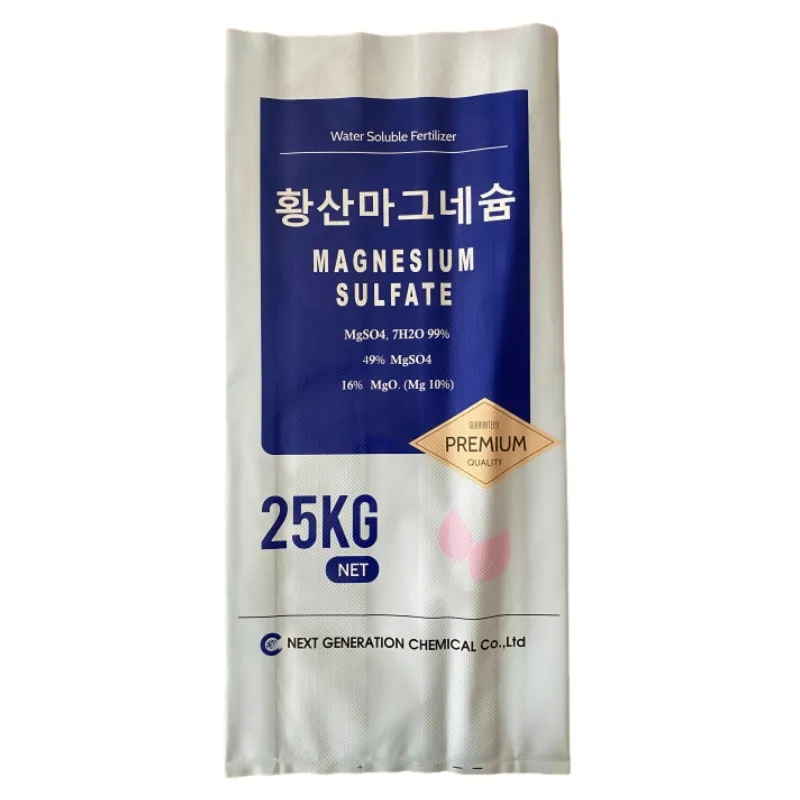Plastic bags are integral to the world of packaging, offering diverse options tailored to various applications and requirements. Understanding the different types of plastic bags and their specific uses aids in selecting the optimal solution for packaging needs, thereby enhancing functionality and sustainability.

Polyethylene is the most common material for plastic bags, classified mainly into three types High-Density Polyethylene (HDPE), Low-Density Polyethylene (LDPE), and Linear Low-Density Polyethylene (LLDPE). Each has distinct properties that make it suitable for different packaging purposes.
HDPE bags are known for their strength and durability, often utilized in grocery stores and retail environments. These bags are resistant to tears and punctures, making them ideal for carrying heavy items. Furthermore, their translucent appearance allows for easy visibility of the contents inside, adding an extra layer of practicality. Businesses focusing on cost-effective and robust packaging options frequently gravitate towards HDPE bags.

On the other hand, LDPE bags are more flexible and softer compared to HDPE bags. They are commonly used for applications requiring more flexibility, such as garment bags or food packaging. Their malleable nature allows for varied designs, making them suitable for customized packaging solutions. Additionally, LDPE bags generally offer superior clarity, enhancing the presentation of products within.
LLDPE combines the qualities of HDPE and LDPE, providing enhanced stretchability while maintaining durability. This makes LLDPE bags a preferred choice for stretch wrap and bags requiring significant elongation under stress. These bags are popular in industrial settings where reliable performance under demanding conditions is crucial.
types of plastic bags for packaging
Biodegradable and compostable bags represent an emerging category of plastic bags, responding to the increasing demand for environmentally friendly packaging solutions. These bags are designed to break down more quickly than traditional plastic bags, reducing their environmental impact. They are often employed by businesses looking to align with sustainable practices and appeal to eco-conscious consumers.
Antistatic plastic bags are specifically designed for packaging electronic components sensitive to static electricity. By minimizing static buildup, they protect electronic devices during shipping and handling. These bags are essential in the electronics industry, providing assurance against the risk of damage due to static discharge.
Vacuum bags are another specialized type, predominantly used in the food industry to extend the shelf life of perishable items. By removing air and sealing the contents, these bags inhibit the growth of bacteria and mold, maintaining food quality for longer. Vacuum bags illustrate the importance of selecting the right plastic bag for enhancing product longevity and safety.
Selecting the appropriate plastic bag hinges on understanding the specific demands of the packaged items, the environment they will encounter, and any associated sustainability goals. Expert knowledge of these variables can guide businesses toward packaging solutions that balance performance, cost, and environmental responsibility. By leveraging the unique traits of various plastic bags, companies can improve product protection and consumer satisfaction, establishing themselves as leaders in their industries.